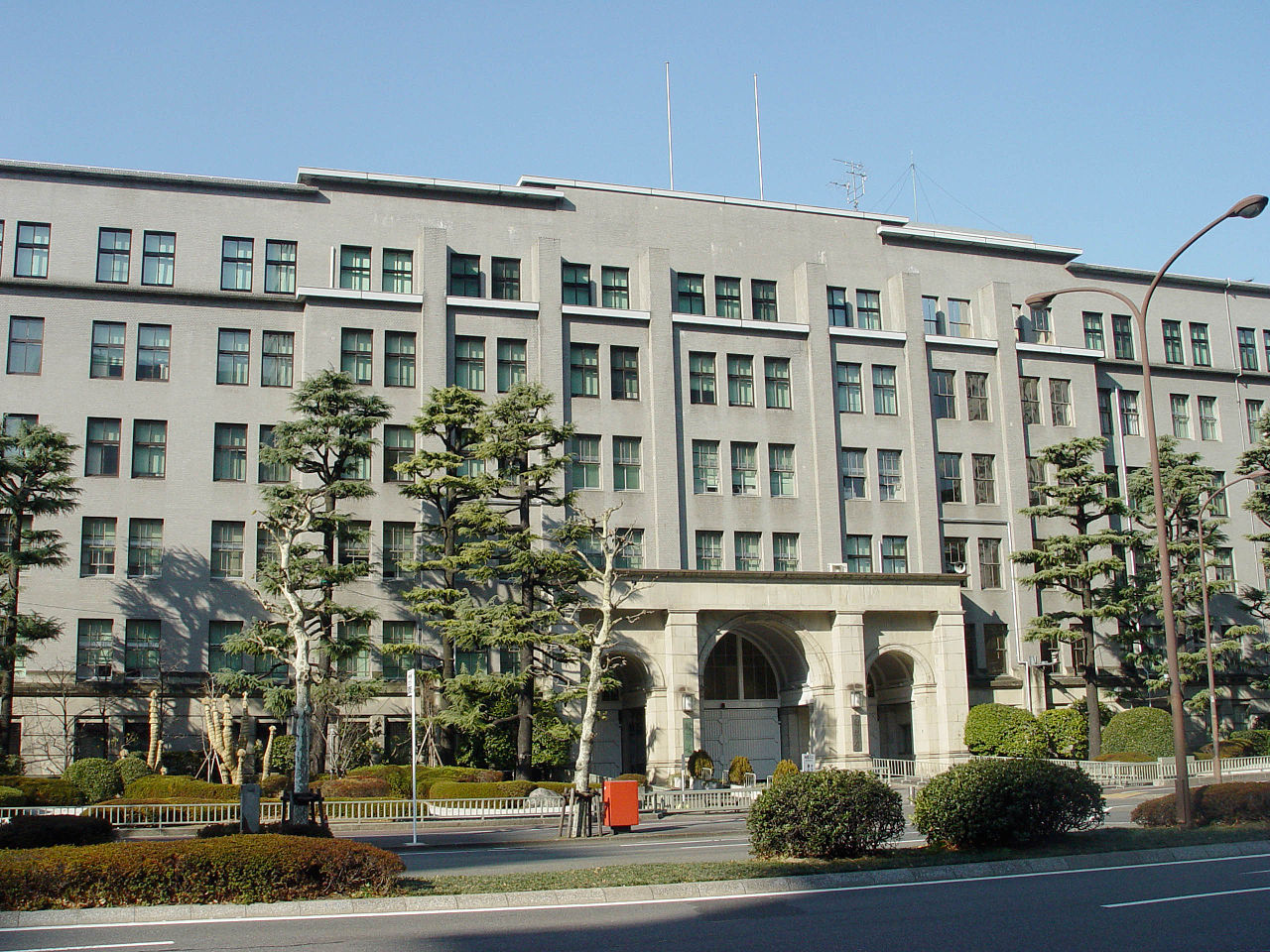The primary objective is to exit Japan deflation as soon as possible, while achieving a primary balance surplus is only secondary. Against this backdrop, the government has set up a soft fiscal guideline which is in line with achieving the economic growth rate target.
This explains why the primary balance target is considered a "guideline" rather than a commitment. If the main objective (economic growth rate target) fails to be achieved, reaching the primary deficit target naturally will be delayed.
Moreover, tax revenue elasticity should naturally change as a result of a complete exit from deflation and economic recovery. While the fiscal plan is more a short plan for the next five years or so, the government assumes a tax revenue elasticity rate of around 1.0, which is widely considered to be the average over the long term.
This implies that the plan could be unrealistic. By assuming a modest economic growth rate and tax revenue elasticity rate, a significant austerity plan and tax hike would be necessary in order to achieve the goal of reaching a primary balance surplus by FY2020.
"However, as such policies need to be implemented by sacrificing economic growth, this was denied. Under the new fiscal plan, the government's stance if the main objective of 3% real GDP growth fails to be achieved has probably changed", says Societe Generale.
In such an event, achieving the primary deficit target will naturally be delayed, as it is only a secondary objective.
A soft fiscal “guideline” in line with achieving Japan economic growth rate target

Thursday, July 30, 2015 4:02 AM UTC
Editor's Picks
- Market Data
Most Popular


































